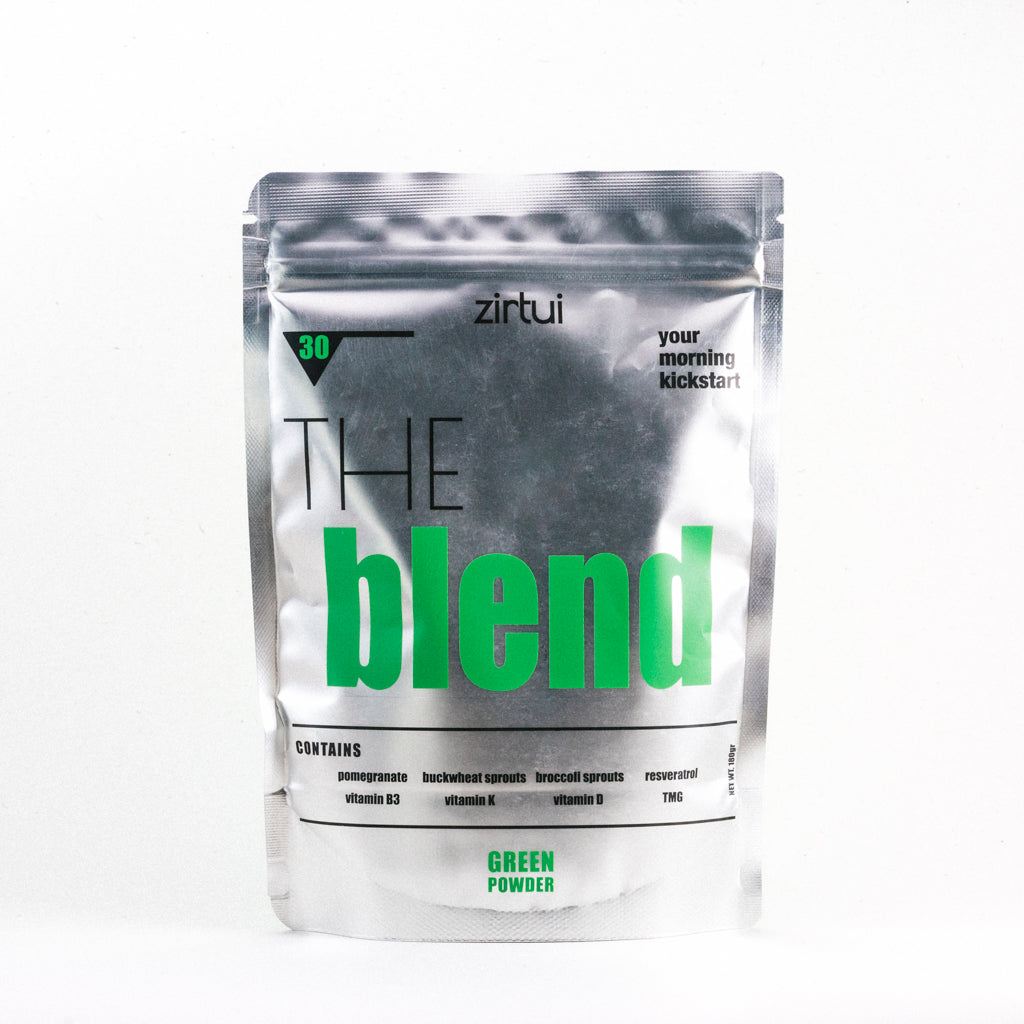
the hallmarks of ageing
Ageing is the primary risk factor for major human diseases, including cancer, diabetes, cardiovascular disorders, and neurodegenerative diseases. By identifying the changes that occur in a body during ageing, science can monitor the ageing process better and provide ways to delay the ageing process.
Lopez-Otin and colleagues defined in 2013 9 hallmarks of ageing:
- Genome instability
Our complete set of DNA is called the genome. Proper functioning of the genome is one of the most important prerequisites for the smooth functioning of our cells. Changes in our genetic code have long been considered one of the main causal factors in ageing. Such genome instabilities are linked to the development of cancer (carcinogenesis) as well as some neurodegenerative diseases such as amyotrophic lateral sclerosis or the neuromuscular disease myotonic dystrophy.
Damage to our DNA structure is mainly caused by oxidative stress and environmental factors. While our cells do have a repair system that continuously works to repair the damage, the results are unfortunately not perfect, resulting in damage accumulating over time. Making sure that our repair systems continue to work optimally, is a key factor in longevity.
- Telomere shortening
Telomeres are regions of repetitive nucleotide sequences associated with specialized proteins at the end of our chromosomes. They protect the terminal regions of chromosomal DNA from progressive degradation.
Telomere shortening is associated with ageing, mortality, and ageing-related diseases. During our life, cells will divide numerous times. Each time a cell divides, the telomeres on the ends of each chromosome shorten slightly. Cell division stops once telomeres shorten to a critical length. The inability of cells to further divide will enhance ageing processes in our body. It’s hence important to keep the length of our telomeres as long as possible. This can be making the right lifestyle choices and eating well.
- Epigenetic alterations
Not only can the sequence of our DNA undergo changes, but our DNA also contains physical modifications (eg methylations) that can influence whether or not a gene is expressed. This is called epigenetics. The profile of where, when, and to what extent these modifications occur (the epigenetic profile) changes with ageing, turning useful genes off and unnecessary ones on, disrupting the normal functioning of the cell.
As an example, sirtuins are a group of enzymes known to influence epigenetic modifications of our DNA. They prevent that unnecessary genes are activated by turning them off. Sirtuins need NAD for their activity. When we age, the level of NAD in our cells declines, and so does the ability of the sirtuins to turn off unnecessary genes. By making sure that the level of NAD remains sufficiently high in our cells, we can extend our lifespan. Niacin derivates like vitamin B3, NMN, and NR are assumed to positively influence the level of NAD in our cells.
- Loss of proteostasis
Whereas our genome is the totality of our DNA, the proteome is the entire collection of proteins that are present in our cells.
Proteostasis is the process of maintaining all the proteins necessary for the functioning of the cell in its proper shape, structure, and abundance. Protein activity can be negatively influenced by processes such as protein misfolding, oxidation, abnormal cleavage, or undesired post-translational modification. These processes negatively influence the functionality of our proteins, and can even create dysfunctional or toxic proteins. In normal functioning cells, these aberrant proteins are continuously removed and recycled. When we age, this recycling process gets deregulated, leading to a gradual loss of proteostasis. Research suggests that this process can be slowed or suppressed by caloric restriction or by the administration of rapamycin.
- Deregulated nutrient sensing
Our bodies contain complex regulatory mechanisms that measure nutrient scarcity or abundance, which has allowed us to survive in environments in which the availability of nutrients varies. Nutrient sensing is a cell's ability to recognize and respond to, changes in the concentration of macronutrients such as glucose, fatty acids, and amino acids. This process tells our cells whether to grow or whether to clean up and repair. This is based on the information it gets from hormone and protein signalling pathways. Two of the key players in nutrient sensing are a protein kinase, or enzyme, called mTOR and Insulin-like growth factor-1.
mTOR controls cell growth, movement, and survival, as well as protein synthesis, autophagy, and transcription (how a cell copies its information when it’s ready to divide). It acts as a gatekeeper, coordinating cell activity based on signals from the environment, such as nutrients.
Insulin-like growth factor-1 (IGF-1) uses the same signaling pathway as insulin, which tells the cells that glucose is present. This is known as the “insulin and IGF-1 signaling” (IIS) pathway. The IIS pathway regulates metabolism, growth, tissue maintenance, and reproduction in response to nutrient abundance.
When nutrients are abundantly available, the mTOR and IIS pathways work hand in hand and promote cell growth and building. Conversely, mTOR is inhibited when nutrients are limited, which puts the body in a catabolic state and allows for cellular clean-up and repair.
mTOR-activating signals naturally decline during ageing. It has been found that over-activating these pathways leads to accelerated ageing and increased incidence of cancer. mTOR inhibition by for instance dietary restriction could help increase lifespan.
- Mitochondrial dysfunction
The mitochondria are the energy factories of the cell. During ageing, the efficiency of mitochondria tends to decrease. Dysfunctional mitochondria contribute to ageing by triggering inflammatory reactions. Research has shown that molecules present in pomegranate can help support our mitochondria.
- Cellular senescence
Cellular senescence is similar to cell retirement. Under certain conditions, a cell will exit the cell cycle without dying, instead becoming dormant and ceasing its normal function. Senescence can be induced by several factors, including telomere shortening, DNA damage, and stress. Our immune system is programmed to search and destroy senescent cells. The amount of senescent cells increases when we age and their presence may cause inflammation.
- Stem cell exhaustion
Stem cells are undifferentiated or partially differentiated cells that can proliferate indefinitely.
Loss of regenerative ability is one of the most obvious consequences of ageing. This is largely because the proportion of stem cells and the speed of their division gradually lowers over time. Stem cell exhaustion refers to a decline in stem cell numbers and renewal capacity. Exercise and caloric restriction can boost stem cells.
- Altered intercellular communication
Our cells remain in constant communication with one another so that our body as a whole can function. One of these communication means is the excretion of signal molecules into the bloodstream. The profile of these molecules changes as we age.
One of the most prominent changes in cell signaling biomarkers is "inflammageing", the development of chronic low-grade inflammation throughout the body with advanced age. The normal role of inflammation is to recruit the body's immune system and repair mechanisms to a specific damaged area for as long as the damage and threat are present. The constant presence of inflammation markers throughout the body may tire our immune system and damage healthy tissue.
UPDATE: Beginning of 2023, Lopez-Otin et al. published an update on the hallmarks of ageing, adding three new hallmarks. In addition, they discussed their interplay with the hallmarks of cancer. Their updated list of twelve hallmarks of ageing includes the 9 previous hallmarks plus 3 new ones: chronic inflammation, disabled macroautophagy, and dysbiosis (imbalance of the gut). All of these hallmarks are interconnected and interdependent. Tackling ageing requires tackling several of these hallmarks at the same time.

